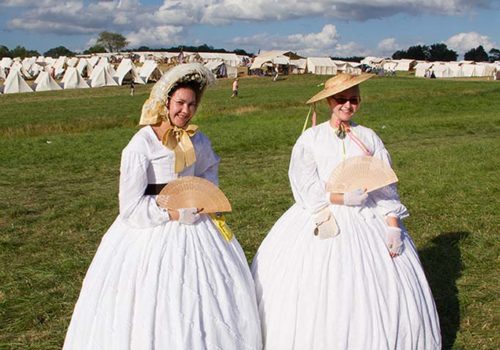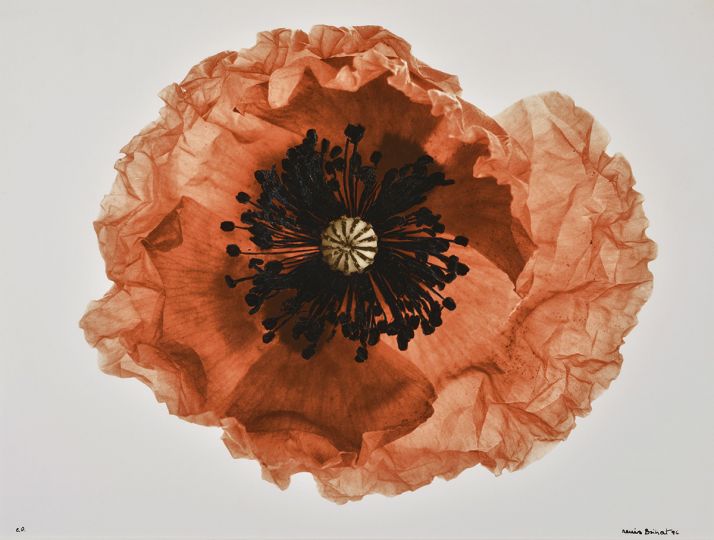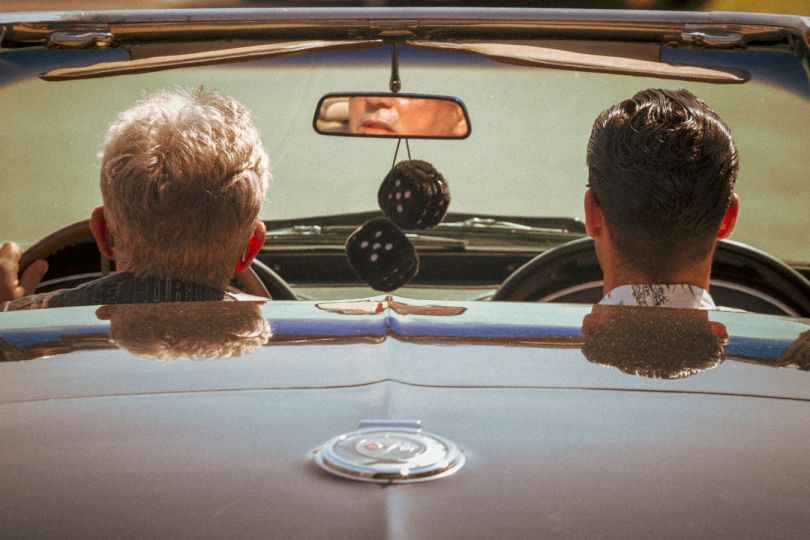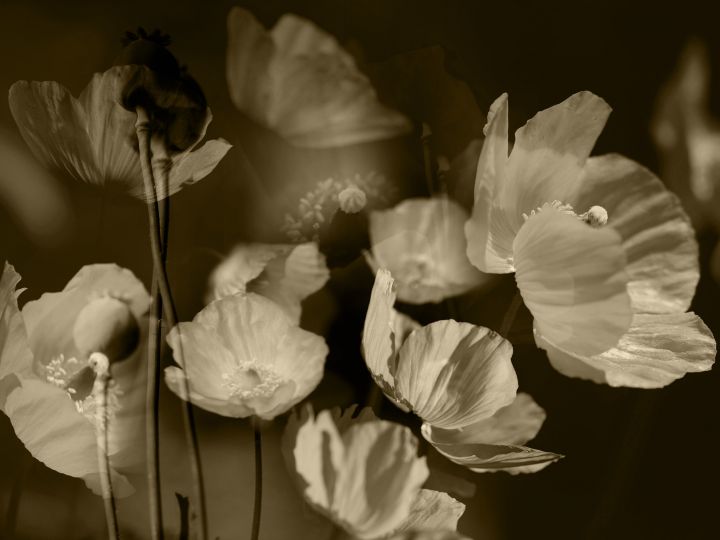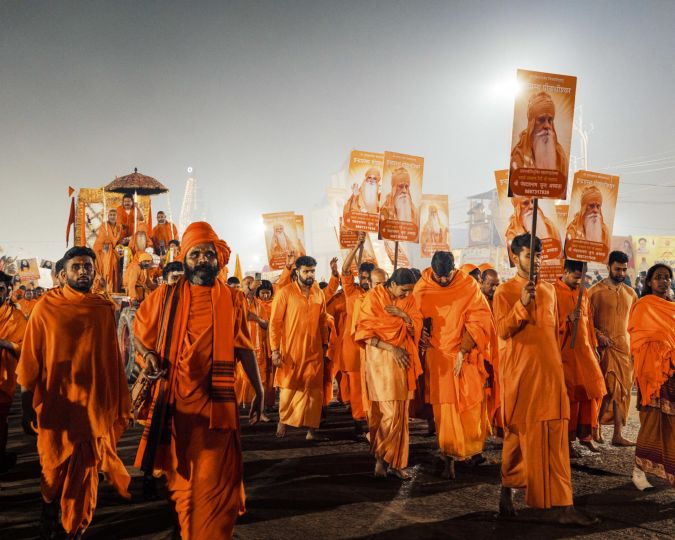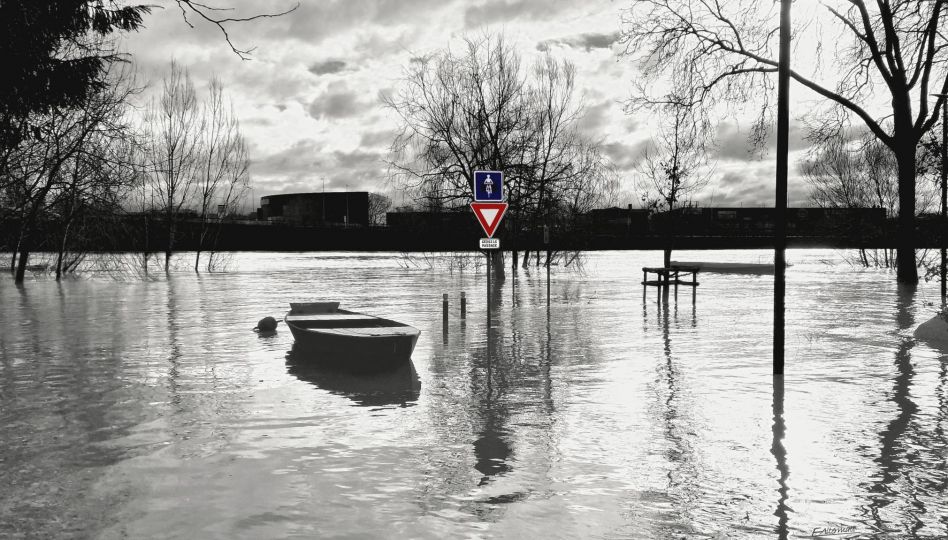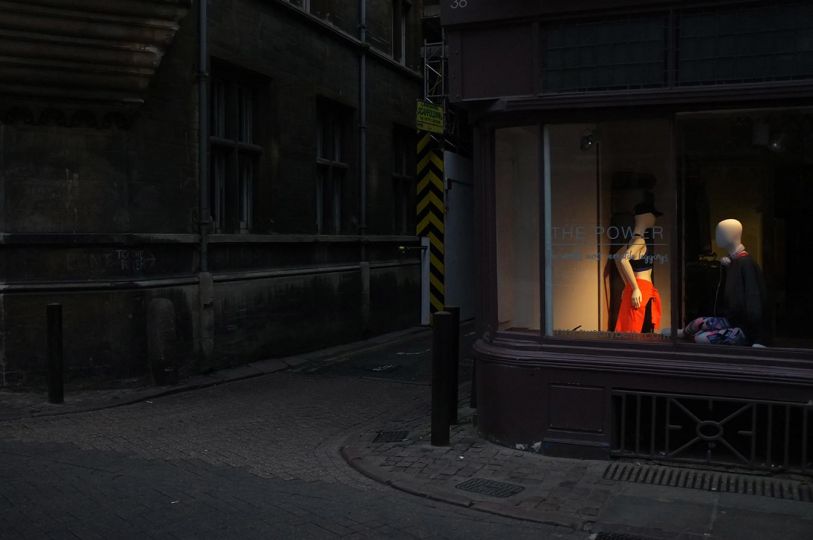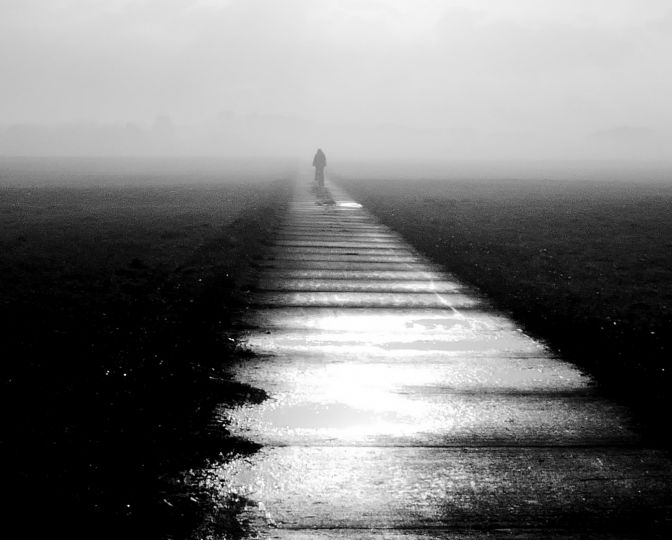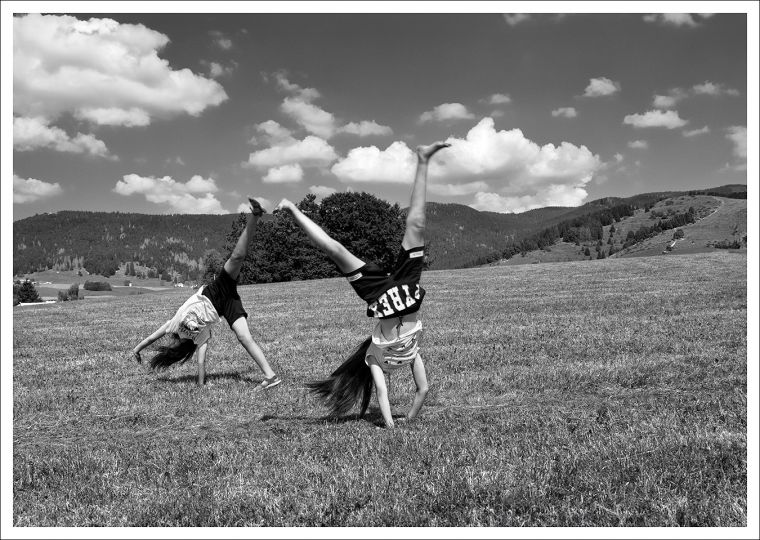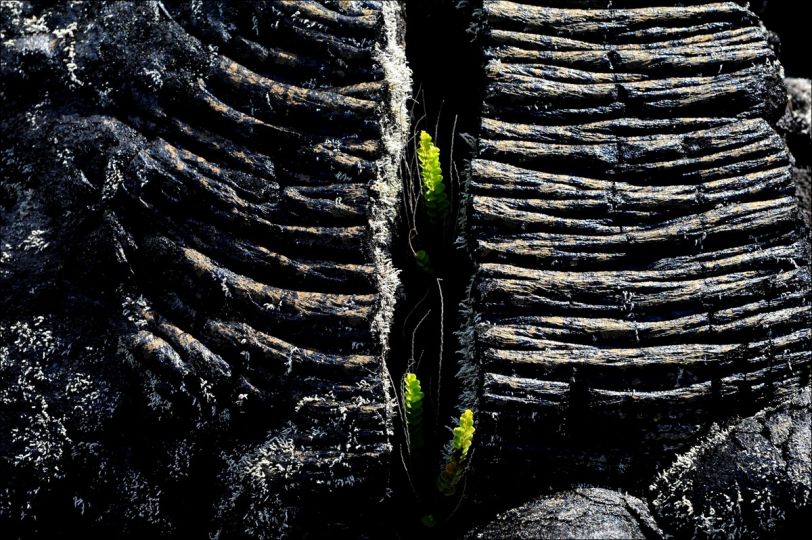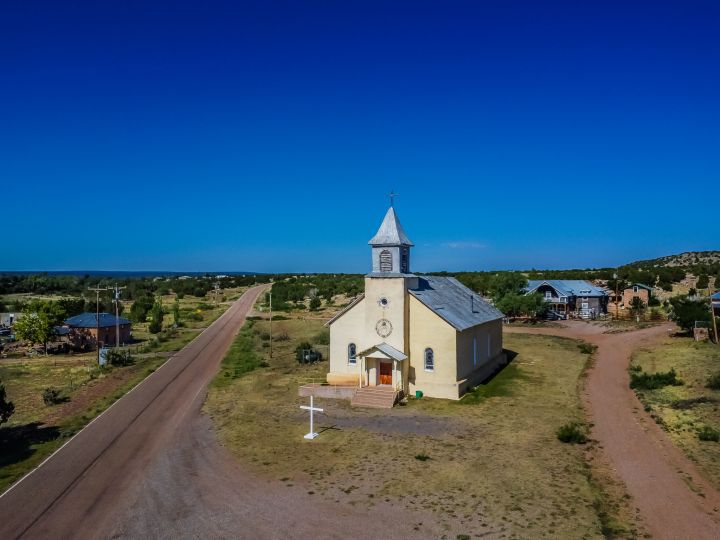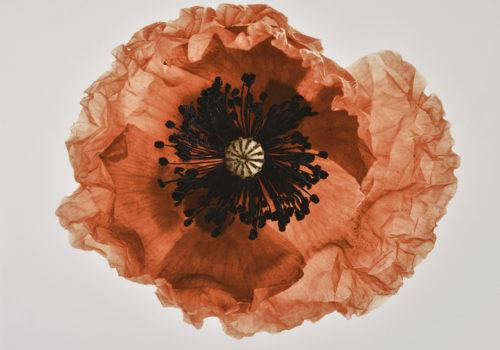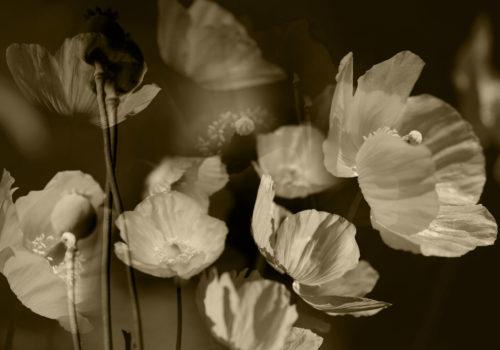Allison Stewart’s documentary photographs examine America’s subculture of guns and our romance with war. This series focuses on female Civil War reenactors and their 19th century impressions.
Re-enacting is a family pastime. As the soldier fights his wife and children watch from the stands, taking pictures and socializing. The female reenactors craft their dresses carefully, often sewing, knitting, or crocheting their own costumes, in an effort to be as authentic as possible in their impression. Their chosen and reenacted personas reflect the cultural archetypes of the caregiver, the tragic heroine, and the survivor mythologized in literature and film, creating images that are reminiscent of the paperdolls a young girl uses as a form of fantasy play. But these women are far more complicated than the one- dimensional paperdolls their visages call up and their presence in our contemporary society challenges our definition of the modern American woman.

